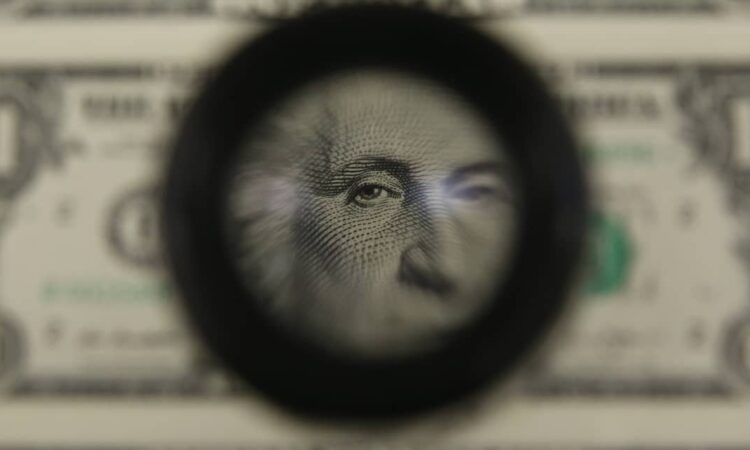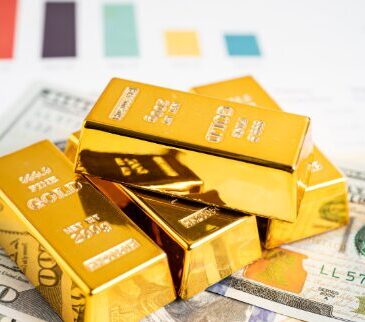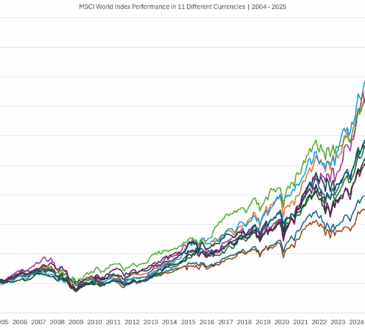
What should investors do if the U.S. dollar is about to plunge in the foreign-exchange market?
This is not just an idle question. It looks to many observers as though the greenback is suspended in midair after running off a cliff. Over the past three months, while the Federal Reserve has been aggressively engaged in the functional equivalent of printing money—its balance sheet has mushroomed by $3 trillion (see chart below)—the U.S. Dollar Index has risen 2%.
Something’s got to give, they argue.
The dollar’s surprising strength over the past three months comes on top of a host of longer-term trends that also should lead to a weaker dollar, such as the increasingly fierce assault on the dollar’s status as the world’s reserve currency. For these and many other reasons, Stephen Roach, the former Morgan Stanley chairman and currently a Yale University senior fellow, is now forecasting that the dollar will decline 35% against the currencies of its major trading partners, and that this plunge could happen “soon” and “at warp speed.”
He is not alone.
Advertisement – Scroll to Continue
These bearish forecasts have prompted me to slice and dice the historical record to see which assets would likely perform the best in the event of a dollar plunge. You might think gold is the most obvious candidate, but the data don’t support you. For a U.S.-based investor, foreign stocks have done a better job hedging the U.S. dollar over the past 50 years.
I reached this conclusion upon measuring the correlation between trailing 12-month changes in the U.S. Dollar Index and of various asset classes such as domestic and international stocks as well as gold. The table below reports a statistic known as the “r-squared,” which would be 100% if the dollar index completely explained variations in an asset class’s return—and 0% if it explained none.
Click here to read the chart on Barrons.com
Advertisement – Scroll to Continue
It makes sense that international stocks would do well when the dollar is falling, of course. A foreign stock’s gain means more to a U.S.-based investor when the dollar is weak than when it is strong.
Note, however, that the impressive correlation I found is for contemporaneous changes in the U.S. Dollar Index and the performance of the MSCI EAFE index, which measures the performance of developed countries’ stock markets outside of the U.S. and Canada.
The dollar index alone has no statistically significant ability as a leading indicator, however. This means that, in order for you to exploit this highly contemporaneous correlation, you need to know in advance that the dollar is about to decline. Or, to put it another way, it’s too late to buy foreign stocks if you wait until after the dollar has dropped.
This is worth emphasizing since now is not the first time in recent years that market gurus have confidently predicted that the dollar would fall. At least so far, of course, it hasn’t. The U.S. Dollar Index is 33% higher today than at its 2011 low.
But if you agree with Roach and others that the dollar will soon fall, now is the time to increase your exposure to international equities. One of the least expensive ways to get this exposure is with the
Advertisement – Scroll to Continue
Vanguard FTSE All-World ex-US Stock
exchange-traded fund (ticker: VEU), which sports an expense ratio of 0.08% (equivalent to $8 for $10,000 invested). This ETF is also the one with the most assets under management in the international equity category.
I’ll get to gold in the minute, but while discussing equities I want to mention the correlation between the dollar index and the
The r-squared for this correlation is quite low, as indicated in the accompanying table. I note, however, that this correlation is higher in the second half of the sample than the first. That’s understandable, given the growing proportion of S&P 500 company sales that are coming from outside the U.S.
Too much should not be made of this recent trend, however. Even though S&P 500 companies are deriving an increasing proportion of their sales from outside the U.S., a growing proportion of their expenses are outside the U.S. as well. Absent any currency-hedging activities, any changes in the foreign-exchange value of the dollar will hurt one side of these companies’ ledgers while helping the other—and largely cancel each other out.
Advertisement – Scroll to Continue
I turn finally to gold, which in the popular imagination is the asset of choice to hedge a decline in the dollar. As mentioned above, however, as a hedge it has been inferior to international equities.
Why might that be? For an answer, I turn to a study circulated by the National Bureau of Economic Research entitled “The Golden Dilemma,” by Campbell Harvey, a finance professor at Duke University, and Claude Erb, a former commodities portfolio manager at TCW Group. They argue that there is a fundamental flaw in the argument that gold will rise to offset a decline in the value of one’s currency.
Advertisement – Scroll to Continue
“If the price of gold in a country is driven by its own inflation rate and if the exchange rate between two countries is driven by the difference in their inflation rates,” they write, “then gold will only reliably be a hedge of the foreign exchange rate if one of the two countries always has an inflation rate equal to zero.”
That’s never the case, of course.
We can see this empirically as well. If gold were in fact a good hedge against currency fluctuations, then gold’s volatility in dollar-denominated terms would be higher than it would be when denominated in a basket of currencies. But when I measured these volatilities since 1973, when gold began freely trading, they were quite similar.
To be sure, the choice between various possible hedges against a falling dollar isn’t an either/or proposition. On the contrary, if the dollar is about to collapse, it would be a good idea to diversify across many asset classes. As Erb put it to me in an email: “If the dollar collapses then an investor may seek diversification across many assets just because when and if the smoke clears some of the assets will have some value.”
Mark Hulbert is a regular contributor to Barron’s. His Hulbert Ratings tracks investment newsletters that pay a flat fee to be audited. He can be reached at mark@hulbertratings.com.




